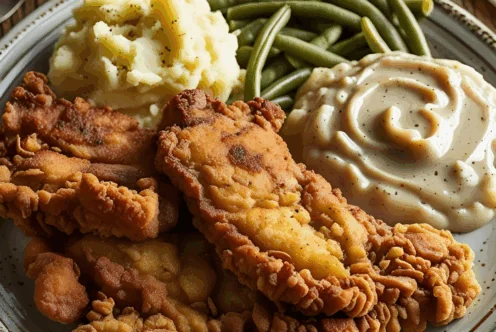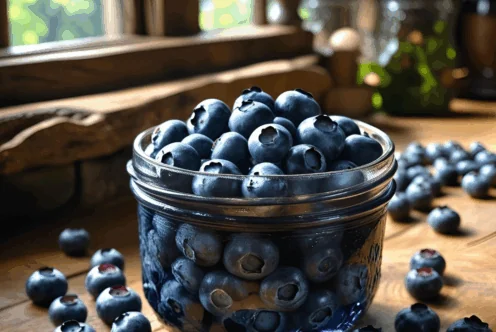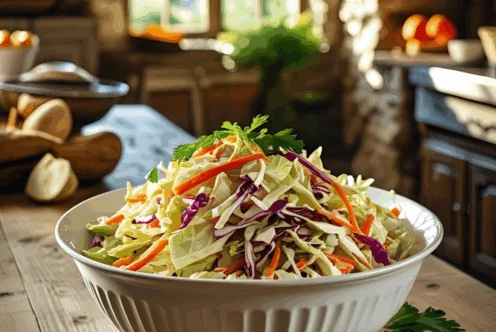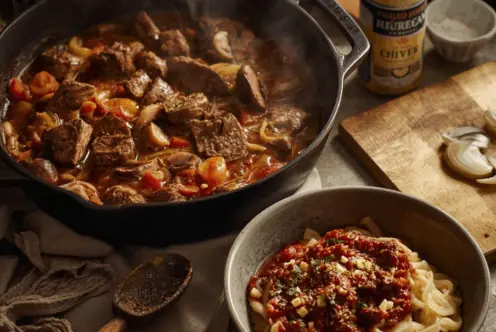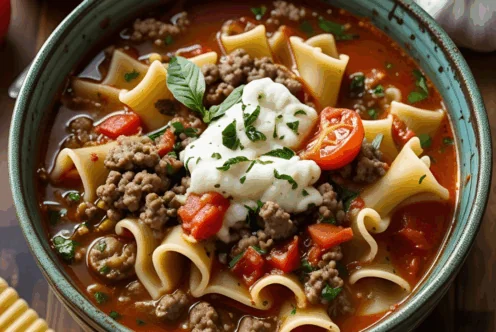Blog
Beef Cattle, So Much More Than Just A Hamburger
Arizona’s largest agriculture commodity is beef.
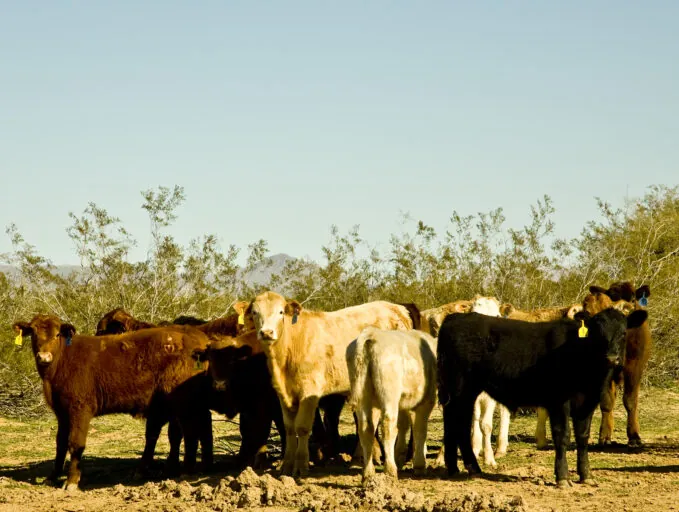
Annually, Arizona ranches produce enough beef to feed over 4.6 million Americans. But, did you know beef cattle’s uses go far beyond what you put on your dinner table? Beef by-products enable us to use 99% of every beef animal! Beef by-products are products we get from beef cattle that aren’t quite as obvious as hamburgers and steak.
A steer of around 1150 lbs. bears approximately 500 lbs. of beef. Most of the remaining weight is salvaged as by-products. To determine the items to be made with rest of the animal, there are three categories of by-products: Medicinal, Inedible, and Edible.
An edible by-product would be something we could eat. Common edible by-products of beef cattle would be the liver, kidneys, brain, or tongue. According to the OSU Division of Agricultural Sciences and Natural Resources, fats in beef cattle yield oleo oil and oleo stock used in shortening and margarine. Oleo stearine is used in making certain candies and in chewing gum. The intestines may be used as natural sausage casings, and the gelatin that comes from the cattle’s skin and bones are used in canned meats, gelatin desserts (such as Jell-O), ice cream, and marshmallows.
It is almost guaranteed that at some point in time you have used some sort of inedible beef by-product, probably completely unaware that it was even there. You probably already know that leather is made from beef cattle hide, but were you aware that the hide is also found in other materials, such as felt? Here is a small list of some of the inedible beef by-products found in everyday items that we thought may surprise you.
- Beef by-products are in binders for asphalt and plaster, and also provide a base for insulation materials used to heat and cool your home.
- From one cow hide you can get 144 baseballs, or 18 soccer balls, or 12 basketballs, or 18 volleyballs, or 12 baseball gloves.
- Footballs, which used to be called “pigskins,” are also generally produced from cattle hide. You can get 20 footballs from one hide.
- “Camel hair” paint brushes are not actually camel hair, but are made from the fine hairs found in the ears the cattle.
- Laundry pre-treatments contains enzymes – a protein found in cattle and sheep.
- Inedible fats from beef are found in hand and face creams, lipsticks, soaps, industrial oils and lubricants, and are even in components for explosives.
- There could be fatty acids from cattle added to your toilet paper to make it soft.
- Fatty acids are used in the production of biodegradable detergents, flotation agents, and pesticides.
- There is a fatty acid that is used in making car tires run cooler and, last longer.
- Bones, hooves, and horns also provide valuable by-products. Such as, buttons, combs, fertilizer, piano keys, sandpaper, toothbrushes, wallpaper, and violin strings.
- There is a cow on the label of Elmer’s glue because you use a cow’s hooves and horns to make glue.
- Bone charcoal is vital in the production of high grade steel ball bearings.
- They are also used to feed other animals. Beef fat, protein, and bone meals are used in feeding dairy cattle, domesticated fish, poultry, and swine.
A medicinal by-product would be something used by your doctor. There are more than 100 drugs performing important medicinal functions that contain beef by-products. Feasibly the best-known medication derived from cattle is insulin. In the United States there are an estimated 5 million people who are diabetic, and about 1.25 million need insulin daily. According to Cattle Empire, it takes the pancreases of 26 cattle to produce enough insulin to keep one diabetic person alive for one year.
Other drugs made using beef cattle by-products include drugs that control anemia, make childbirth safer, relieve symptoms of asthma and hay fever, settle an upset stomach, and prevent blood clots in the circulatory system. Another interesting medicinal by-product would be the material used for surgical sutures that is derived from the intestines of the animal.
Wow! That is a lot of product coming from beef cattle! So be sure to thank a cow the next time you wear make-up, deodorant, leather and bandages, or eat marshmallows, Jell-O, and mayonnaise, or even chew your favorite gum!
Related articles
- Why Meat and Potatoes Are Such a Perfect Pair (fillyourplate.org)
- Is that a Skirt Steak or a Flank Steak? (fillyourplate.org)
- How to Make a Healthier Hamburger (fillyourplate.org)












